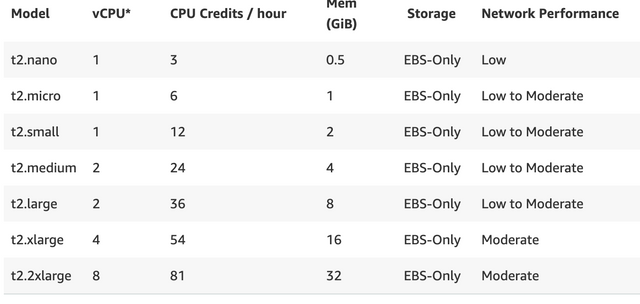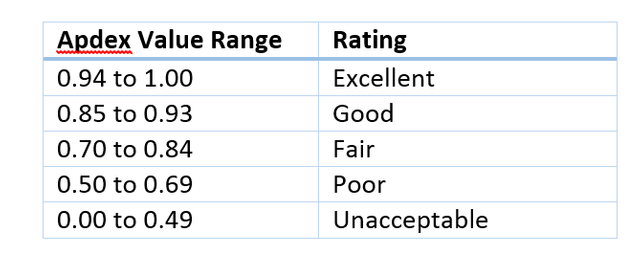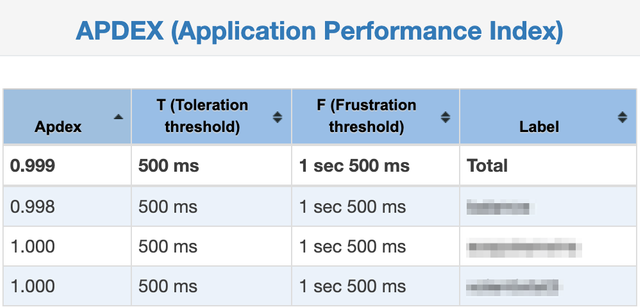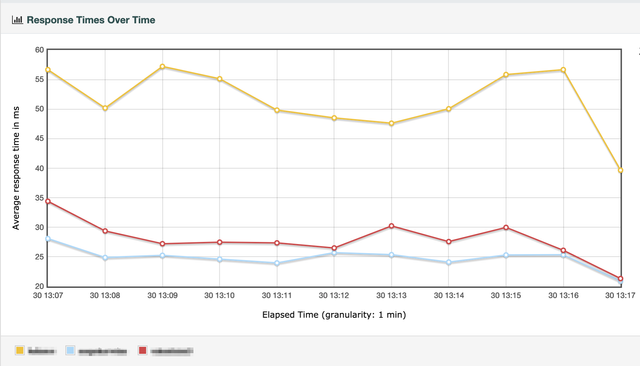Simple API example for demux application
In my previous post, I talked about the demux example application.
API
This simple example allows you to get a list of transactions captured and stored in the database, using the demux application described in the previous article, using the REST API.
Unfortunately, due to the fact that the example is simplified for security reasons for sensitive information, there are 2 identical routes. Although it may be better to understand how to modify an example to fit your needs simply by changing one of the routes, models and so on.
Example
The code can be found here: https://github.com/4ban/EOS-demux-js-api-example
Details
For simplicity, but at the same time so that the example can be easily modified, for example, for different document models in the database, I left 2 identical routes.
app.use('/col1', collection1Router);
app.use('/col2', collection2Router);
The Mongoose (MongoDB) schema should be the same as that used in demux service. There is nothing new.
const mdl1Schema = new Schema({
from: String,
to: String,
quantity: String,
currency: String,
memo: String,
trx_id: { type: String, unique: true },
blockNumber: Number,
blockHash: String,
handlerVersionName: String
})
mdl1Schema.index({ from:1, blockNumber: -1 })
mdl1Schema.index({ to: 1, blockNumber: -1 })
mdl1 = mongoose.model('mdl1collection', mdl1Schema)
The route is pretty simple too. The code is quite standard, implements the simplest pagination. There are also checks to prevent negative numbers from being used.
Pagination (i.e., use the skip and limit parameters during the database requests) is needed so that the query time does not exceed 100ms as well as for ease of use the API in applications.
Next comes the function that will query the database and return the data for display. In this case, the function getEOSHistoryAccount1 is called (i.e. function type 1).
If you need to use another collection, other fields when searching and generally change the data retrieval function, this is easy to do by analogy with route col2 and the function getEOSHistoryAccount2.
router.get('/:accountName', (req, res) => {
var skip = parseInt(req.query.skip) || parseInt(process.env.SKIP)
var limit = parseInt(req.query.limit) || parseInt(process.env.LIMIT)
if (skip < 0 || limit < 0) {
var response = {
"error": true,
"message": "Invalid skip or limit number, should start with 0 or 1 respectively"
};
return res.send(response)
}
services.History.getEOSHistoryAccount1(req.params.accountName, skip, limit).then(function (result) {
return res.send(result)
}).catch(function (err) {
var error = {
"error": true,
"message": err
}
res.send(error)
})
})
The function makes a request with the help of Mongoose, making a selection by fields from and to in deccending order.
Compound indices are needed to make this possible at an acceptable speed.

function getEOSHistoryAccount1(accountName, skip, limit) {
return new Promise((resolve, reject) => {
var response = {}
models.mdl1.find({
$or: [
{ 'from': accountName },
{ 'to': accountName }
]},
null,
{
skip: skip,
limit: limit,
sort: { blockNumber: -1 }
}, function (err, transactions) {
if (err) {
var error = {
"error": true,
"message": err
}
reject(error)
}
response = {
"error" : false,
"data" : transactions
};
resolve(response)
})
})
}
API examples:
| Method | URL | Description |
|---|---|---|
| GET | / | List of available API |
| GET | /col1 | List of available APIs for account 1 |
| GET | /col1/{accountName} | History for account 1. First 10 transactions |
| GET | /col1/{accountName}?skip=10 | History for account 1. Second page (i.e next 10 transactions) |
| GET | /col1/{accountName}?limit=100 | History for account 1. First 100 transactions |
| GET | /col1/{accountName}?skip=100&limit=100 | History for account 1. Second page (i.e. next 100 transactions) |
| GET | /col1/stats/{accountName} | Stats for account 1 |
| GET | /col2 | List of available APIs for account 2 |
| GET | /col2/{accountName} | History for account 2. First 10 transactions |
| GET | /col2/{accountName}?skip=10 | History for account 2. Second page (i.e next 10 transactions) |
| GET | /col2/{accountName}?limit=100 | History for account 2. First 100 transactions |
| GET | /col2/{accountName}?skip=100&limit=100 | History for account 2. Second page (i.e. next 100 transactions) |
| GET | /col2/stats/{accountName} | Stats for account 2 |
Summary
I hope I managed to get the message across and make the right example.
I do not have much experience writing such things. But I tried my best to test the performance with the help of JMeter tool.
Results
There were not enough resources on my machine to imitate more than 4000 people.
On the server, 2 different versions of API were launched, as well as a MongoDB server which was constantly being accessed with a demux service from another server. So these tests are hardly accurate. The server is Amazon AWS instance t2.xlarge.

| Simulated users | Samples | APDEX Index | APDEX status | CPU load | MEM load | AVG response time |
|---|---|---|---|---|---|---|
| 1000 | 3000 | 0.999 | Excellent | 2% | 0.6% | 35.79ms |
| 4000 | 12000 | 0.999 | Excellent | 4% | 0.6% | 34.99ms |

More details from JMeter:



Installation
- Clone the repo: git clone https://github.com/4ban/EOS-demux-js-api-example.git
- Go to the folder: cd EOS-demux-js-api-example
- Install dependencies: npm install
- Fill the .env file:
MONGODB_URL=mongodb://{server_address}:27017/DBname
PORT=3000
Default pagination parameters
SKIP=0
LIMIT=10
Credentials
MONGODB_USER={username}
MONGODB_PASS={password}
Usage
To run the server: npm start
Links
EOF
Enjoy. Git cool!

Congratulations @ban2ban! You have completed the following achievement on the Steem blockchain and have been rewarded with new badge(s) :
You can view your badges on your Steem Board and compare to others on the Steem Ranking
If you no longer want to receive notifications, reply to this comment with the word
STOPTo support your work, I also upvoted your post!
Vote for @Steemitboard as a witness to get one more award and increased upvotes!